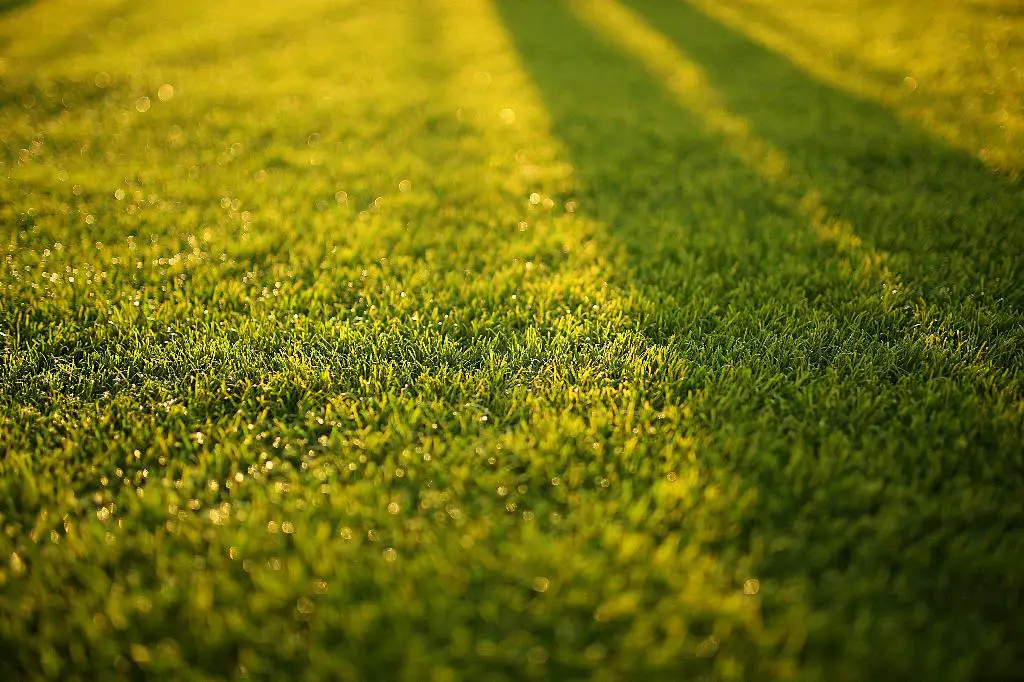When it comes to the health and vitality of your lawn, the type of fertilizer you choose can make a significant difference. One popular option that many homeowners turn to is Milorganite, a slow-release fertilizer known for its effectiveness in promoting lush green grass. But just how long does Milorganite take to work its magic on your lawn?
The Science Behind Milorganite
Milorganite is a unique fertilizer made from heat-dried microbes that have feasted on wastewater treatment byproducts. This organic material is rich in essential nutrients like nitrogen and iron, which are key for promoting healthy growth in your lawn. Unlike synthetic fertilizers that provide a quick burst of nutrients, Milorganite releases these vital elements slowly over a period of 8-10 weeks.
Patience is Key
One of the key things to keep in mind when using Milorganite is that patience is essential. Because this fertilizer releases nutrients gradually, it may take some time before you start to see a noticeable difference in your lawn. While some synthetic fertilizers can produce quick results, the beauty of Milorganite lies in its ability to provide long-lasting and sustainable nourishment to your grass.
Initial Application
When you first apply Milorganite to your lawn, don’t expect immediate results. Since the nutrients are released slowly, it will take some time for the fertilizer to break down and become available to the grass roots. However, once the process begins, you can rest assured that your lawn will receive a steady supply of nitrogen and iron over the following weeks.
Long-Term Benefits
One of the main advantages of using Milorganite is its ability to provide long-term benefits to your lawn. While some fertilizers may offer quick fixes that result in rapid growth but lack sustainability, Milorganite ensures that your grass receives a steady stream of nutrients over an extended period. This gradual approach not only promotes healthy growth but also helps to maintain the overall health and resilience of your lawn.
Environmental Benefits
Another noteworthy aspect of Milorganite is its environmentally friendly nature. As a sustainable and organic fertilizer, Milorganite helps to reduce the environmental impact of lawn care practices. By choosing a product that is made from recycled materials and promotes healthy soil biology, you can feel good about the choices you make for your lawn.
Customized Application
Depending on the specific needs of your lawn, you may choose to adjust the frequency and amount of Milorganite you apply. While the general recommendation is to use Milorganite every 8-10 weeks, you can tailor your application schedule based on factors such as soil quality, grass type, and climate conditions. By customizing your approach, you can ensure that your lawn receives the optimal level of nutrients it needs to thrive.
Monitoring Progress
As you wait for Milorganite to take effect on your lawn, it’s important to monitor the progress of your grass regularly. Keep an eye out for signs of growth, color improvement, and overall health. While the changes may be subtle at first, over time, you should start to see a noticeable difference in the vibrancy and lushness of your lawn.
Additional Care Tips
While Milorganite plays a crucial role in promoting the health of your lawn, it’s essential to complement its effects with proper care and maintenance. Regular watering, mowing, and aerating are all important aspects of lawn care that can help maximize the benefits of the fertilizer. By following a comprehensive lawn care routine, you can ensure that your grass remains healthy and vibrant throughout the year.
Final Thoughts
In conclusion, the true magic of Milorganite lies in its slow-release nature and long-lasting impact on your lawn. While it may take some time for the nutrients to fully kick in, the wait is well worth it. By choosing Milorganite as your fertilizer of choice, you can enjoy a beautiful, green lawn that thrives on sustainable nourishment and eco-friendly practices.

